Copley Chimney
This industrial chimney looks rather out of place, isolated in the middle of an attractive woodland.
For many centuries, the mining and smelting of lead was an important part of the economy of the North Pennines, going as far back as the Roman occupation of England and lasting until the late 19th century. There are remnants of the industry widely dispersed across the landscape of the Northeast, from the limestone hills to the packhorse trails (or “jaggers’ paths”) that snaked between the mines and villages and down to the boats waiting on the rivers Tyne, Tees, and the Wear.
The most conspicuous of all the relics are the impressive smelting chimneys. These were giant stone towers often (though not always) sitting at the top of a hillside on a distant horizon, to make use of the increased wind speeds for drawing the furnace. The chimneys were equipped with stone-lined underground flues that connected the stack to the mill below. Nowadays they are often in a ruinous state, but some are splendidly preserved and provide an impressive link to the history of the area.
One excellent and remarkably complete example of a smelting chimney stands just outside the little village of Copley, rising above the River Gaunless in County Durham. But rather than being clearly visible on a bare hillside, the disused chimney now stands in splendid isolation in the middle of the Gibbsneese Plantation, an attractive landscape of hardwoods that was created after the lead smelting had stopped. The chimney looks rather oddly out of place, the top of the tower poking majestically above the trees.
The chimney once belonged to the Gaunless Valley Lead Mill, which sat on the riverside making use of the water power. The mill operated from 1790 to 1880, though the chimney dates from 1832. The tower stands 115 feet high and is made of massively thick sandstone construction with ashlar dressing. Nowadays, you can enter the base of the chimney and look up at the inside; the entrance passage demonstrates the impressiveness of masonry at the base, which is at least 6 feet thick.
All that remains of the lead mill itself is the impressive manager’s house, but the local council has identified several other industrial ruins within the woodland, including the coal mine that provided fuel for the furnaces.
Know Before You Go
There is a parking lot below Copley Chimney. From there follow the signs for the trails leading to the chimney and mill ruins.


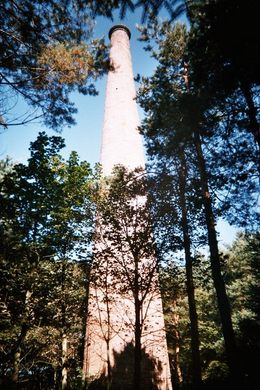




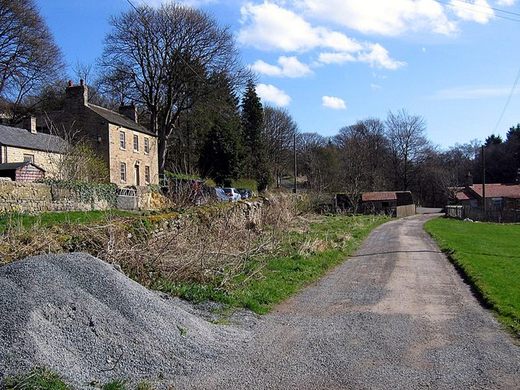






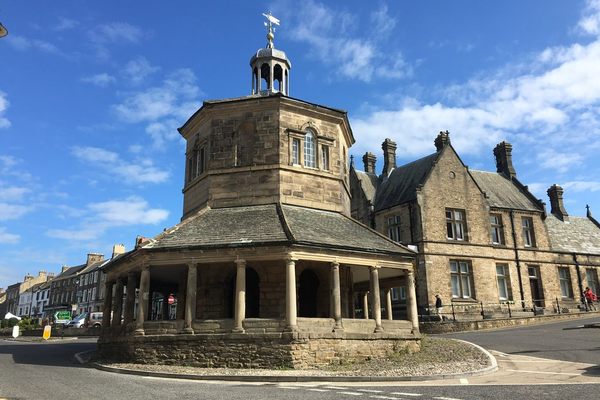


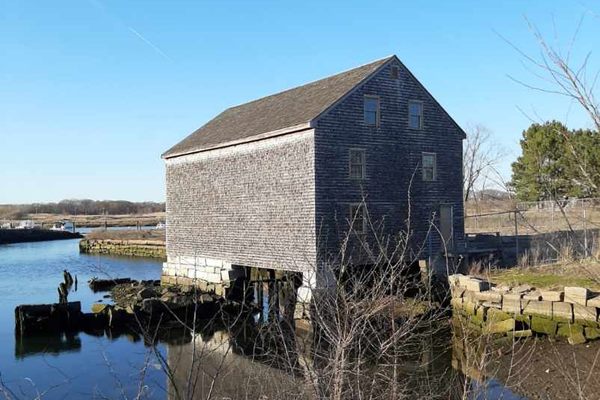
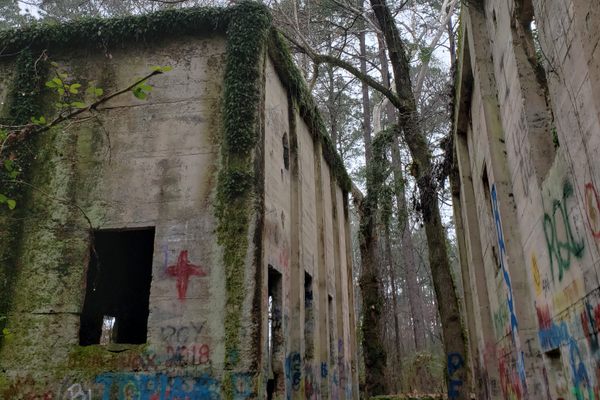

Follow us on Twitter to get the latest on the world's hidden wonders.
Like us on Facebook to get the latest on the world's hidden wonders.
Follow us on Twitter Like us on Facebook